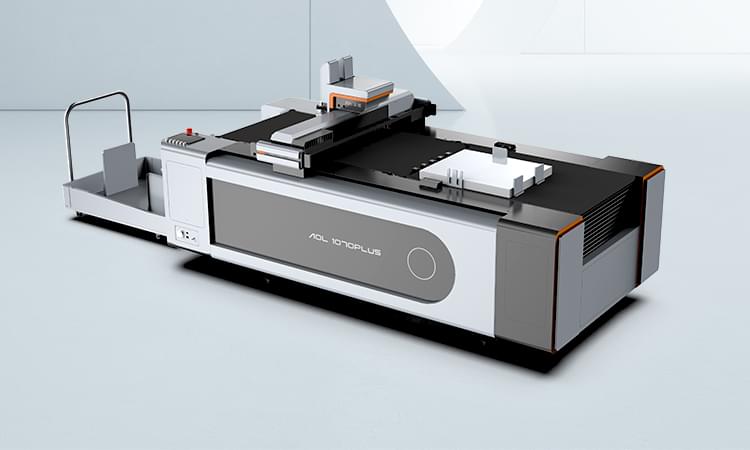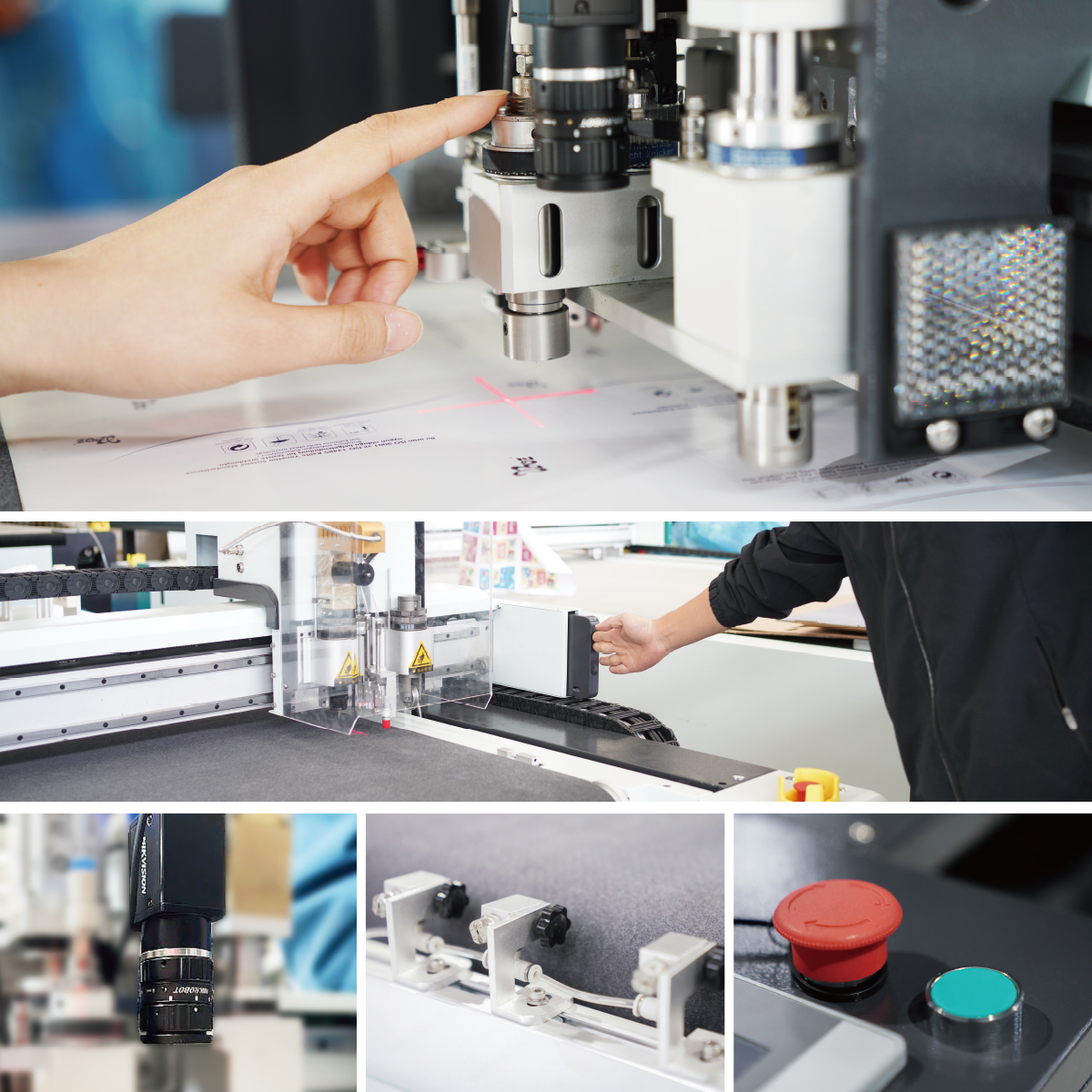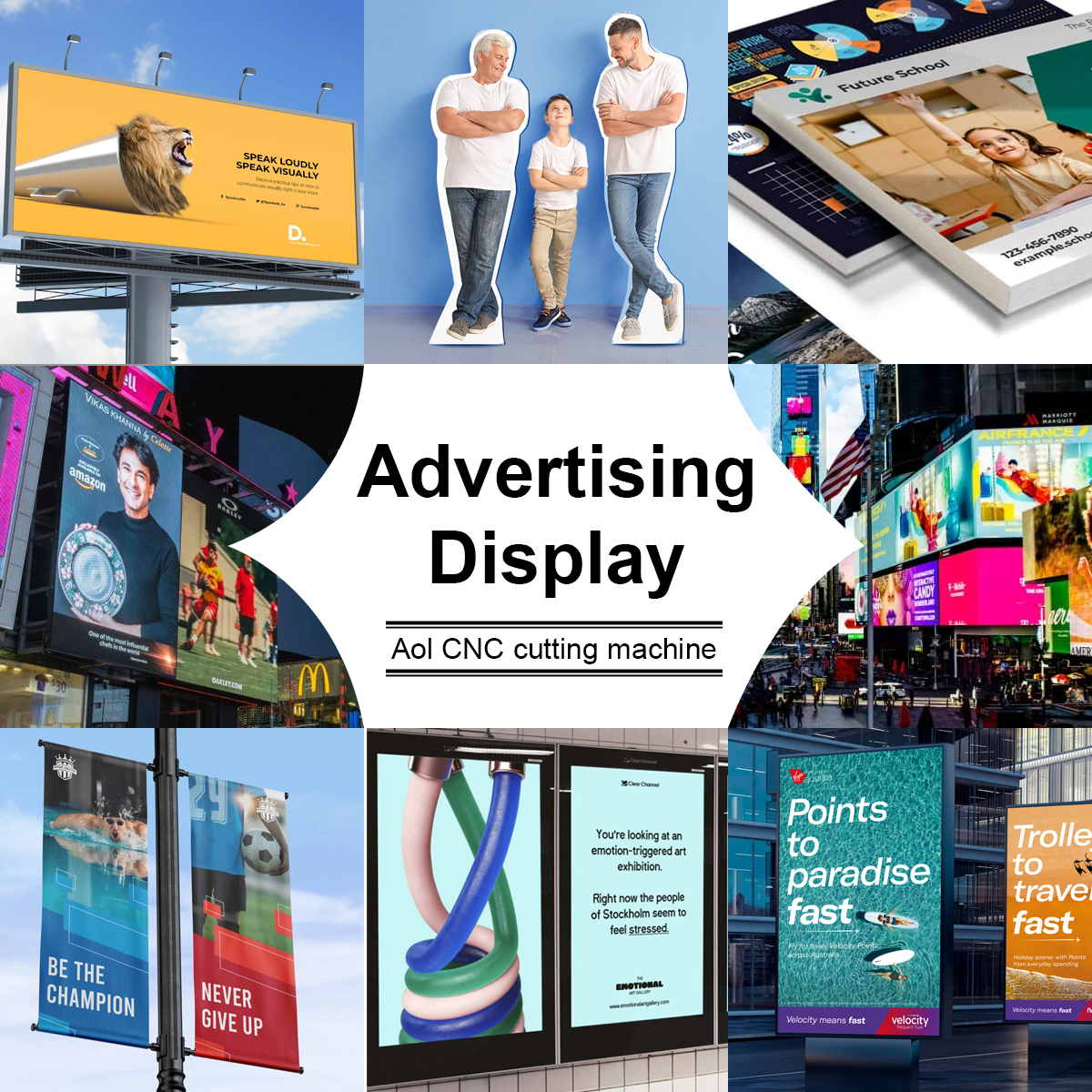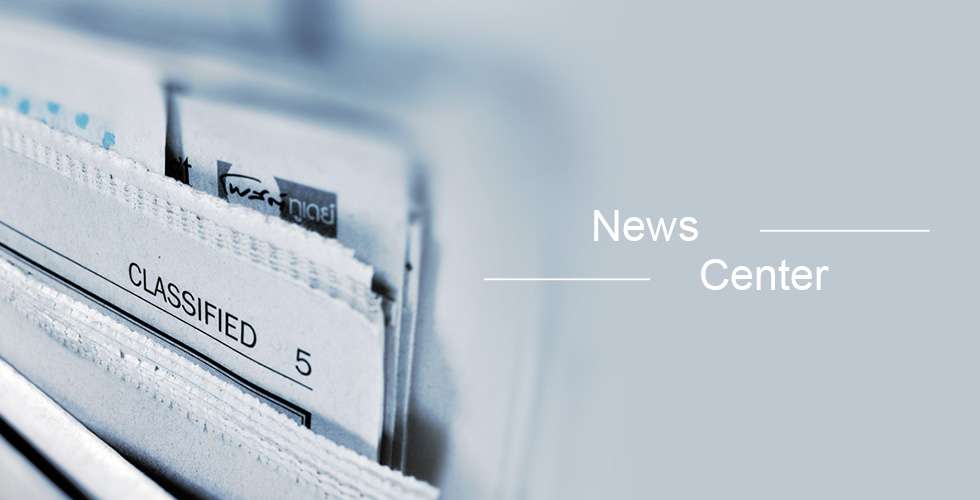To talk about flatbed plotters for cutting paper and board, we first need to understand the current landscape of the packaging market and the opportunities it offers.
The sector has experienced exponential growth over the past decade. Growth has really peaked in the past two years. Both traditional and customized packaging have developed. Personalized packaging refers to packaging that, due to its sophistication and uniqueness, increases people's perception of the quality of the brand and the products it contains, helping to differentiate it from other products.
The emergence of packaging material flatbed plotters has solved the demand for personalized customization, prompting many small packaging material cutting factories to purchase cutting plotters!

How does a flatbed plotter work?
Flatbed plotters operate using digital instructions, which are usually sent by computer design software such as AutoCAD or specialized CAD/CAM software.
The specific steps are as follows:
Material loading: The paper or cardboard is placed on a flat table. The material is held firmly in place using a vacuum suction system to prevent any shifting during the cutting process.
Tool selection: Depending on the cutting requirements, the plotter can be fitted with different tools. For paper and cardboard cutting, blade cutting is usually used, and for crease effects, a press wheel tool is employed.
Cutting path calculation: The design software creates the vector paths or cutting lines that the machine follows. These paths are very precise and are usually based on digital designs or templates. The software allows for complex designs, from simple shapes to intricate contours.
Cutting process: The cutting head of the plotter moves over the material along a predetermined path. As it moves, the cutting tool (whether it is a blade, knife or laser) cuts the material at the specified location. For thicker materials, multiple passes may be required.
Post-cutting processing: Once the cutting process is complete, the finished product is removed from the table. The remnants or waste can then be discarded or recycled.
Key features of flatbed plotters for cutting paper and cardboard:
Flatbed plotters come equipped with a variety of features that increase their efficiency, precision, and versatility. Here are some of the key features to look for when choosing a flatbed plotter for cutting paper and board:
Precision and Accuracy: Flatbed plotters can cut with extreme precision, often to a fraction of a millimeter. This is critical in industries such as packaging or print production, where precise cuts are essential to the functionality and appearance of the final product.
Vacuum Table: A vacuum system is used to hold the material flat on the bed during the cutting process. This is particularly useful when cutting lightweight or thin materials such as paper and cardboard, preventing any movement that could cause inaccurate cuts.
Multiple Cutting Heads: Many flatbed plotters allow for interchangeable cutting heads. A single machine can use different types of cutting tools to handle a variety of materials or achieve different effects.
Material Handling: Some advanced plotters come with automatic material feeding and unloading systems that can improve workflow efficiency. These systems can automatically load, position, and unload materials, reducing manual labor.
Customizable Cutting Paths: By using vector-based software, users can create custom cutting paths that are highly detailed and tailored to the specific needs of their projects.
Speed and Efficiency: Modern flatbed plotters offer fast cutting speeds without sacrificing precision. For high-volume jobs, these machines can significantly reduce production time.

Applied industries:
Package Design: Flatbed plotters are an invaluable tool for package design. They allow designers to create precise prototypes of packaging components such as boxes, inserts, and labels. Using a flatbed plotter, designers can quickly test different materials, tweak designs, and iterate before mass production begins.
Signage and Displays: Flatbed plotters are often used to create large-scale signage and displays. For example, they can be used to cut shapes for point-of-sale displays, posters, and custom signage for trade shows or retail environments. Both cardboard and paper are lightweight, making them ideal for creating large-format displays.
Paper Crafting and Invitations: In the world of custom invitations, greeting cards, and scrapbooking, flatbed plotters are frequently used to cut complex shapes, designs, and text. They offer an unparalleled level of detail, making them ideal for personal projects and small production runs.

Flatbed plotters are essential tools for high-precision, versatile cutting of paper and board. Whether used for package design, prototyping, signage or custom invitations, these machines offer significant advantages over traditional cutting methods. Their speed, accuracy and flexibility in handling a wide range of materials and cutting tasks make them a valuable asset in industries where custom shapes and intricate designs are critical.
As technology advances, flatbed plotters continue to evolve, offering enhanced features that further streamline production processes, reduce costs, and increase efficiency. As digital cutting technology continues to improve, the potential applications for flatbed plotters will only continue to grow.
This is the end of the introduction about flatbed plotters. If you want to know more, please click here to leave your information and needs, and we will give you a detailed answer as soon as possible!






 No.5789, Yushan Road, Jinan City, Shandong Province, China
No.5789, Yushan Road, Jinan City, Shandong Province, China +86 18560162709
+86 18560162709 250109
250109








